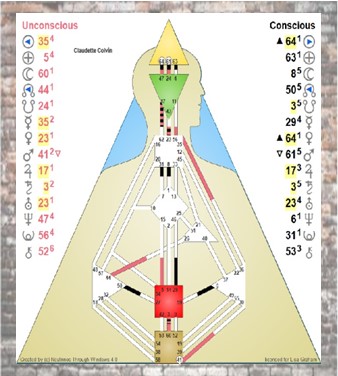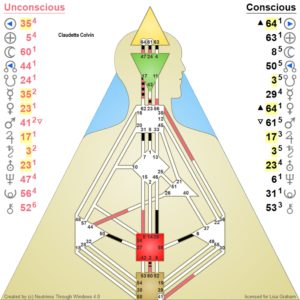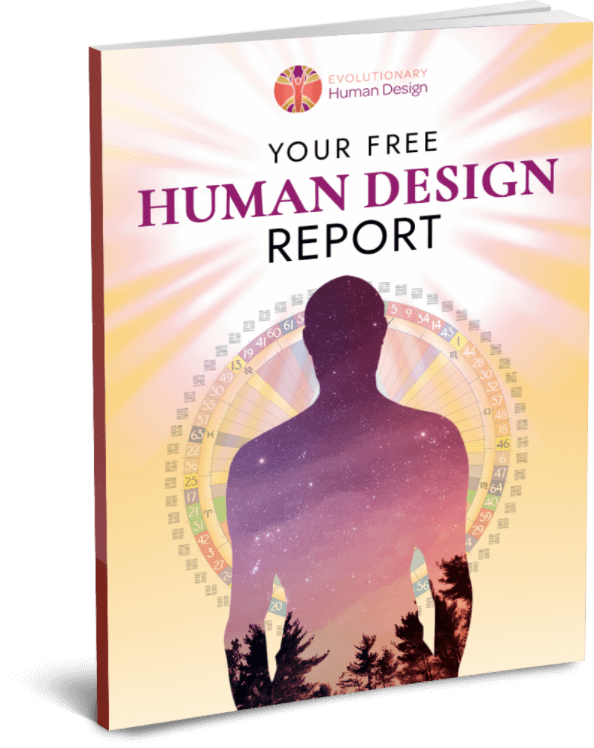For the last few weeks, we’ve been analyzing Human Design celebrity charts. Using Human Design Celebrity charts is a fantastic way to illustrate just how the Human Design System informs the personalities, behaviors, and lives of public figures who populate our lives.
Another Rosa Parks
This week, we’re taking a look at the life and design of Claudette Colvin, who is, unfortunately, more of a forgotten icon than a celebrity. Or, more accurately, she’s someone who should be an icon, but never quite achieved her much deserved icon status because she was overshadowed by another icon: Rosa Parks.
In 1955, when she was just 15 years old, Claudette Colvin refused to give up her seat on the bus—9 full months before Rosa Parks did the same thing.
After being told she had to give up her seat for a white commuter, she refused, prompting the bus driver to threaten her with police intervention. When the police arrived, Claudette still refused to move. She was promptly arrested and forcibly removed from the bus.
Despite her peaceful protest being overshadowed by that of Rosa Parks, Claudette seems to have kept a cool head about the whole thing, understanding that it might be better for the overall movement to allow Parks to be the face of this particular act of civil disobedience.
Her Human Design
In her Human Design, we see clear indications that Claudette was uniquely qualified for what would become her role in the civil rights movement. Hers was a lifetime of Transformation with her Channel 60-3 activated by her Unconscious Moon in Gate 60, “Limitations”, Line 1, “Accommodating, Trusting in your own dignity when under pressure,” and her Conscious Saturn in Gate 3, “Implementing the New”, and Line 5, “Interpreting, Detaching from anticipated results when implementing a new order,” activated both with her Conscious South Node and Saturn.
This means she was designed to stand up for what was right, regardless of whether or not she would get the credit—which, unfortunately, she would not.
Understanding the delicate project of turning public opinion, the organizers of the civil rights movement made the calculated—and at the time, necessary—decision to highlight victims of racial abuse who they thought might have a broader appeal to the white majority (Many have cited Rosa Parks’ fairer complexion as one reason for her case being highlighted over Claudette’s). When asked about it, Claudette said «My mother told me to be quiet about what I did. She told me to let Rosa be the one: white people aren’t going to bother Rosa, they like her.”
Inner Assuredness
There is something to be revered in the case of Claudette Colvin. To suffer an injustice like this in the first place is unimaginable to most. Then, to have the strength of spirit to stand up to this injustice and come face to face with an overwhelming power structure—at just 15 years old! And then to have the strength not to take credit for what you have done. To have the inner assuredness to know that being right is enough, and that to truly help the cause means to let others take credit for doing the same thing. There is a heroic stoicism to her actions that is truly powerful.
There is a clear indication in her chart that she was not interested in other people’s opinions of her. This is found in her wide-open Self (G), and Heart (Willpower) Centers. Claudette quickly came to realize that people would see in her whatever they wanted to see, and judge her accordingly, without necessarily knowing that their judgment was for the most part a judgment of themselves. In essence, Colette would be acting as a mirror for those who judged her. It was all the same to her! People could say and think what they pleased. And this is why letting someone else (Rosa Parks) become a civil rights icon in her place was not an issue for her, as it might be for many other people.
Sojourner Truth
Still, she was aware of her place in history. Around the time of her arrest, she said «History kept me stuck to my seat. I felt the hand of Harriet Tubman pushing down on one shoulder and Sojourner Truth pushing down on the other.» It is perhaps a shame that her name is not synonymous with peaceful protest, but she truly is an icon. Hopefully one day she and Rosa Parks will be able to sit side by in the pages of history.
To learn more about Human Design and discover how it informs and shapes your own life, get your Free Human Design Report today. And be sure to look through our past blog posts for more Human Design celebrity charts.





